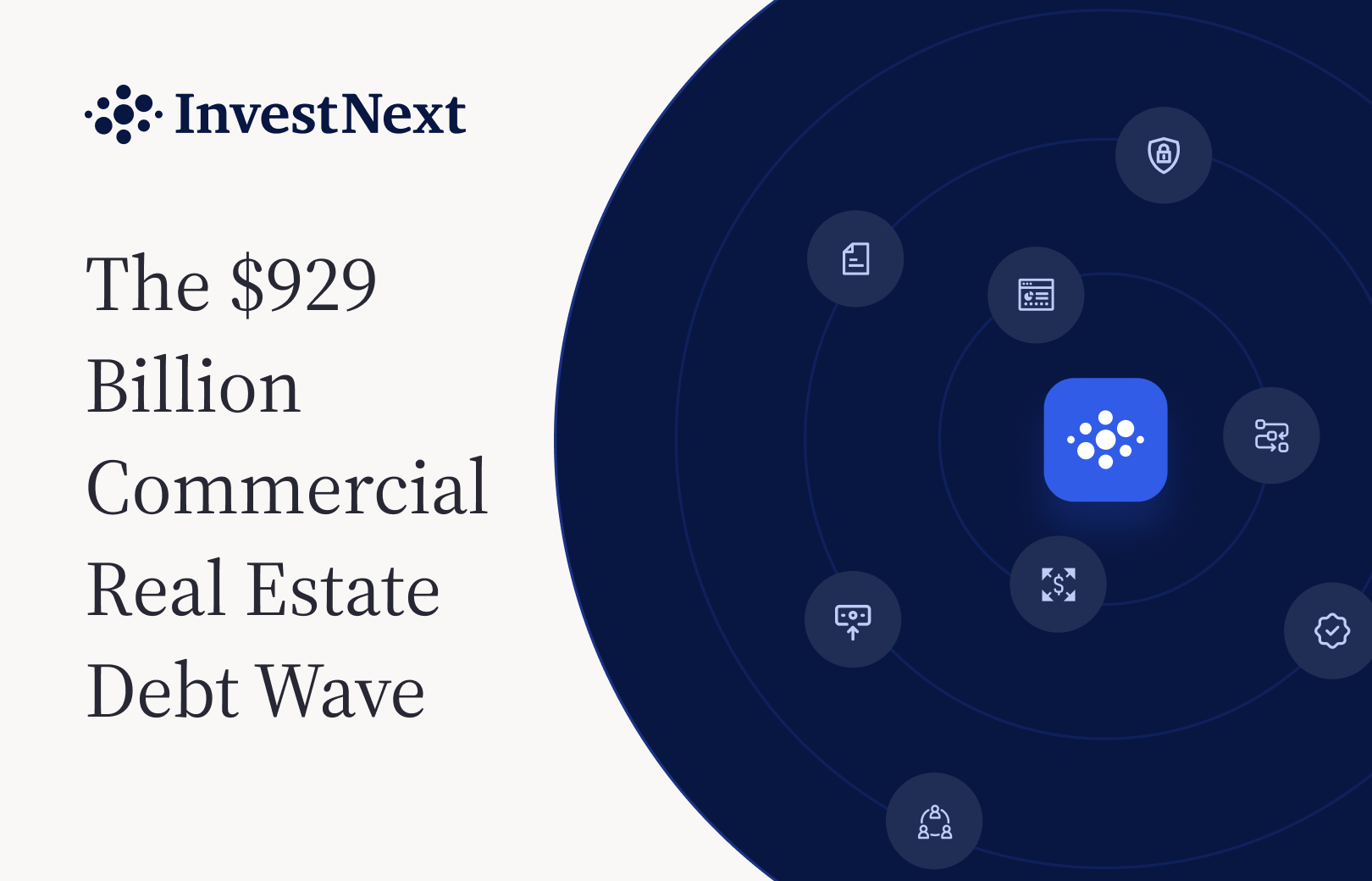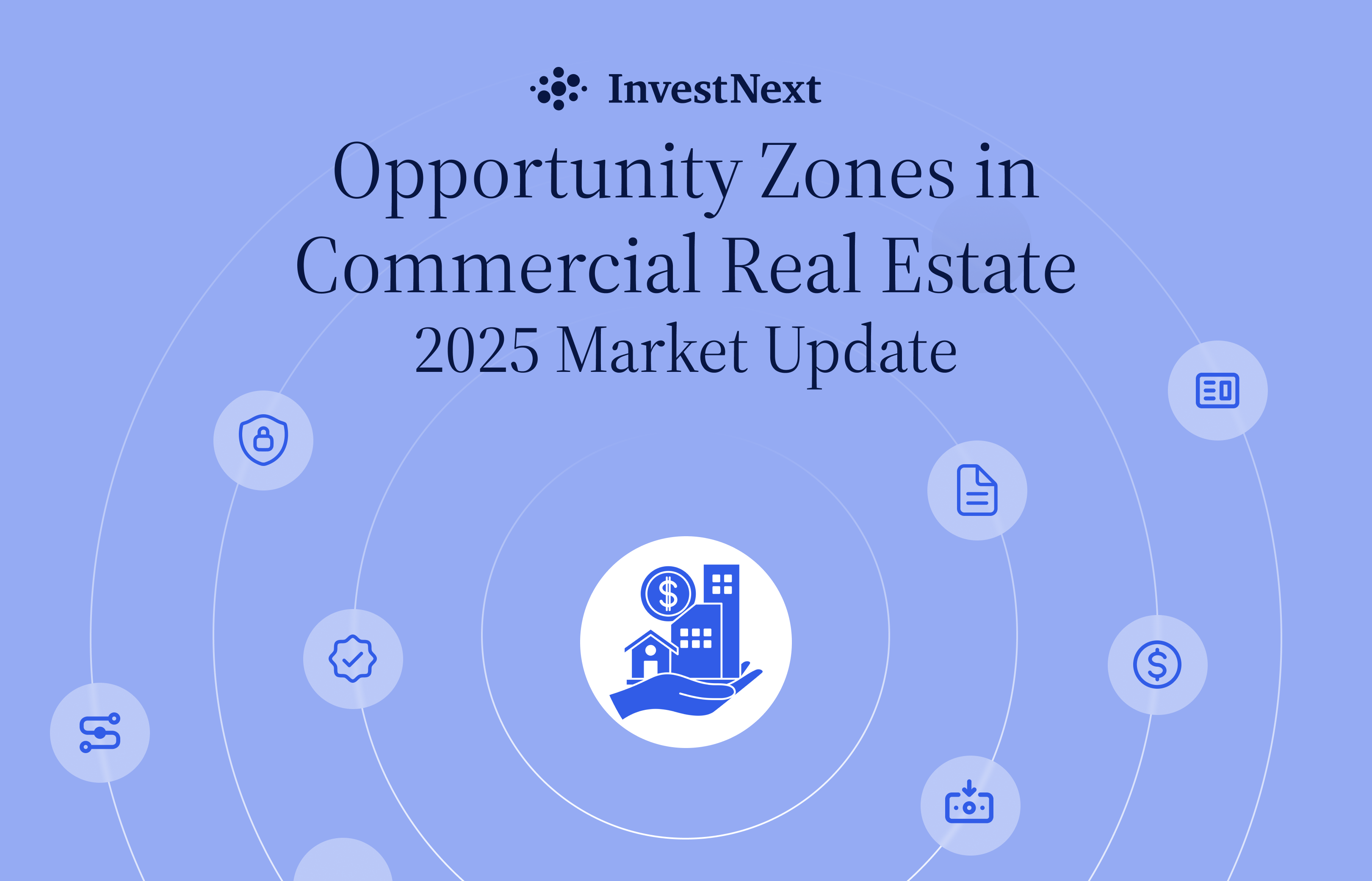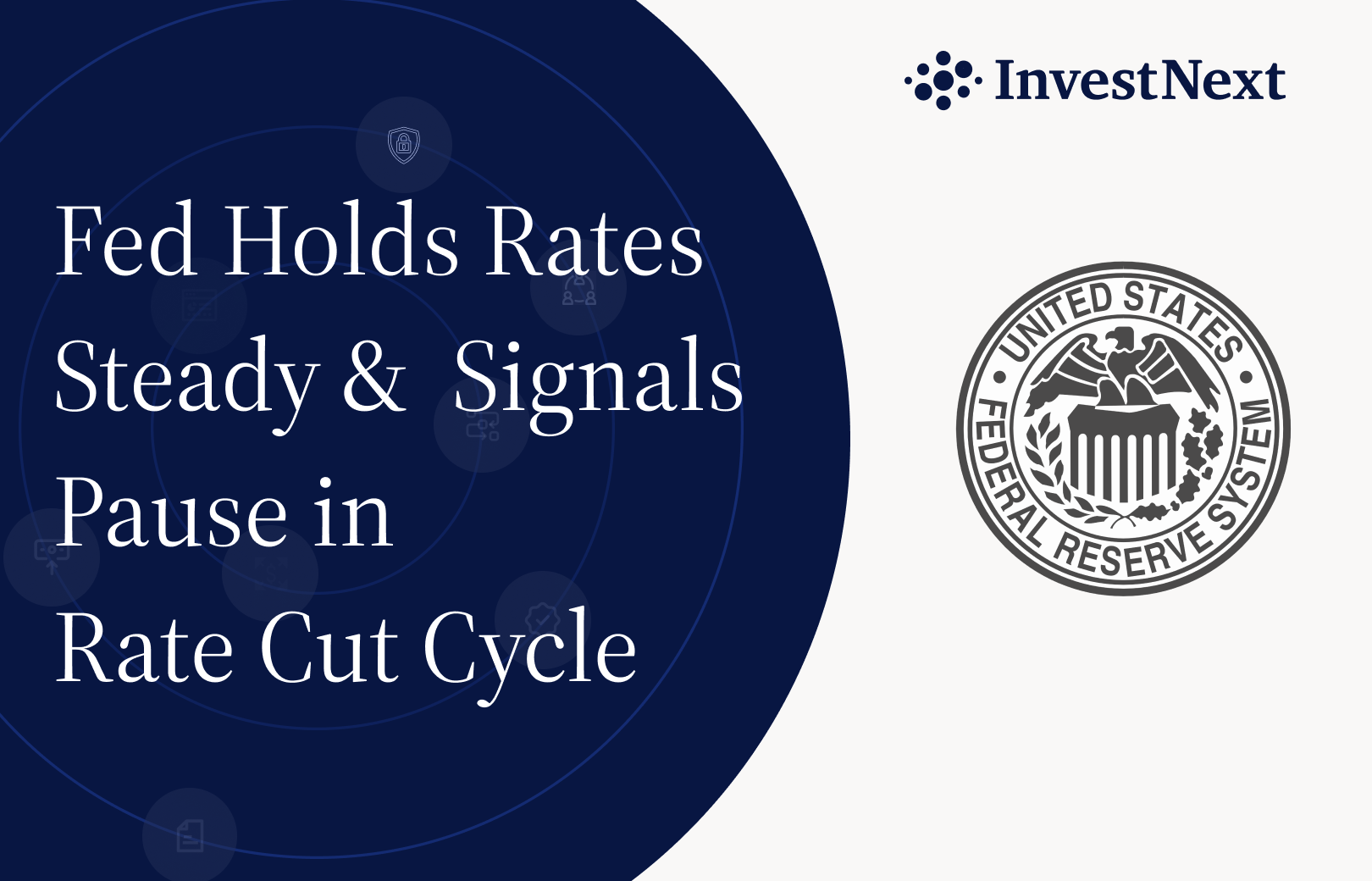Key Insights:
- Nearly $1 trillion in commercial real estate debt will mature in 2024, leading to widespread increase in distressed assets
- Distressed assets have already reached $94.2 billion, with office and multifamily hardest hit
- Many lenders are in a tight spot because they have billions worth of loans on their balance sheets that they aren’t able to refinance or sell
- With $544 billion in dry powder, private equity firms are gearing up to provide rescue capital.
- Speed and technology will differentiate the winners from the losers in finding and executing rescue deals.
Commercial Real Estate Approaches $929 Billion Debt Maturity
In 2024, the commercial real estate industry is facing a debt wave of massive proportions. According to data from Newmark, an astounding $929 billion in commercial real estate loans will mature this year. This huge volume of maturing debt presents an unprecedented challenge for property owners, investors, and lenders alike.
Industry veteran Alex Staneski states: “In prior months, many banks adopted an ‘extend and pretend’ strategy. This means they are reluctant to remove certain assets from their balance sheets and take losses, opting instead to defer action in the hope that market and loan conditions will improve.”
With interest rates still relatively high after a series of hikes and property valuations softening in many sectors, especially office, the stage is set for an explosion of distress as these loans come due – signaling that this “extend and pretend” approach is losing steam.
The question now is not ‘if’ but how big the fallout will be.
Distressed CRE Assets Reach $94.2 Billion in Q2 2024
The impact of this massive debt maturity is already being felt across commercial real estate markets. According to MSCI’s Capital Trends US Distress Tracker, distressed CRE assets hit $94.2 billion in Q2 2024, a significant jump from the prior quarter.
The office sector has suffered the most distress, at $41 billion, as it has been affected by remote work trends. Retail, apartments, and hotels have also posted heavy distress, totaling over $50 billion.
With the market already cracking under the weight of maturing debt, the big question now is how the industry will absorb the remaining $800+ billion in loans without a total meltdown.
$544 Billion in Dry Powder Starting to Move
Where some see crisis, others see opportunity.
As distressed assets mount, private equity real estate funds have amassed an estimated $544 billion in dry powder as of Q2 2023, ready to deploy for acquisitions and rescue capital in distressed deals.
This stockpile of dry powder serves multiple strategic purposes:
- Rescue Capital: Firms can provide lifelines to properties facing loan maturity cliffs or refinancing difficulties.
- Opportunistic Buys: Investors can pick up distressed assets at potentially steep discounts.
- Gap Funding: Extra capital can help bridge the gap between maturing debt and current valuations.
But will this mountain of capital be enough to prevent a systemic crash in commercial real estate? The jury is still out, but clearly, having readily available liquidity is crucial in the current climate.
The key now is speed of execution and leveraging technology to rapidly identify and close deals. As Industry Principal Julian Cockerham of InvestNext puts it, “Being able to [deploy capital] quickly is going to be what separates the winners and losers over the next few years as the distress materializes because the opportunities will not be on the market for long.”
Distress Epicenters: San Francisco, New York, Chicago
While distress is mounting across the country, certain major metros are experiencing heightened challenges and emerging as epicenters.
According to recent data from MSCI, three markets stand out for their concentration of struggling properties: San Francisco, New York City, and Chicago.
Each city is dealing with its own unique set of circumstances, which are causing increased distress, often tied to the multifamily and office sectors.
San Francisco:
According to MSCI, unlike most other markets, San Francisco’s main source of distress was the apartment sector rather than the office sector. The 3,165-unit Parkmerced complex added nearly $2 billion in multifamily distress.
- Apartment distress leads, with Parkmerced adding $2B
- Office not the main distress driver like other markets
New York City:
According to MSCI, apartments account for 60% of total distress in NYC boroughs. Struggling rent-stabilized multifamily assets are a key driver.
- 60% of distress tied to the multifamily sector
- Rent-stabilized apartments add to problems
Chicago:
Chicago had the second largest office distress at $4B, said MSCI. Downtown vacancy climbs, impacting values.
- Second highest office distress nationally at $4B
- Downtown vacancies climbing, impacting values
As property values decline, supply remains excessive, and debt comes due, these areas are primed for an influx of outside rescue capital.
Tech-Enabled Firms Outpace Competition in Distressed Deals
Industry experts agree that technology and the ability to act quickly will differentiate the winners and losers in the coming wave of distressed deals. General Partners (GPs) who readily adopt new technology will enjoy several key advantages, including:
- Real-time analytics to rapidly assess asset value and strategy
- Automation to accelerate due diligence and deal evaluation
- The ability to attract more investors with institutional technology and raise equity quickly
- Sophisticated fund structures that adhere to the latest AML and KYC standards
- Capital-raising capabilities that allow for direct investment
- Enhanced investor relations and compliant deal structures
With the stakes getting higher across the CRE industry, implementing next-gen tech stacks and processes will be the bare minimum just to compete as key players and newcomers alike adopt new platforms and strategies to capitalize on this distressed asset opportunity.
Previous reliance on manual workflows and relationships will not be able to withstand the current pace of change, and players that don’t adapt will likely lose market share.
Many tasks, such as waterfall distributions, that can take several people hours or days to complete and calculate correctly, can now be done in minutes with a few clicks on modern real estate investment management platforms.
The $1 Trillion Tipping Point
The convergence of $929 billion in maturing debt and $94.2 billion in distressed assets marks a pivotal moment for commercial real estate. This situation will likely lead to:
- A divide between well-capitalized firms and struggling entities.
- Tech-savvy investors will thrive while others fight to compete.
- The end of “business as usual” approaches as new strategies become essential.
- A more level playing field emerges as smaller firms can use technology to pursue larger distressed deals.
- A heightened sense of urgency as opportunities get claimed quickly.
- Demand for tech-forward systems that enable a more robust capital stack to attract deals and get them closed and funded quickly
Clearly, the massive volume of maturing loans and growing distress will be a tipping point reshaping the industry.
Well-funded investors will deploy capital to expand assets under management, and lenders will offload stressed loans.
Ultimately, new players will emerge, established firms will reinvent strategies, and the market landscape will transform.
Potential Investment Scenarios for Investors Ready to Act
Based on the amount of distressed assets coming due and current market trends, the biggest asset class opportunities are likely to be found in:
- Multifamily: With residential sectors continuing to attract attention, distressed multifamily assets could offer value-add opportunities, especially in markets with strong demographic drivers.
- Commercial / Office: Despite recent challenges, investor sentiment toward office has turned positive as leasing rates increase, suggesting potential for better returns in the next cycle.
- Storage: This sector continues to attract investor attention, likely due to its resilience and steady cash flows.
- Real Estate Credit: Growing institutional appetite for real estate credit strategies could provide opportunities for distressed debt investments.
- Retail: Retail sentiment has improved, boasting the lowest vacancy rates across the CRE asset class, potentially offering value-add or opportunistic plays in well-located assets.
We are already seeing signs of sponsors preparing for bigger bets as investor sentiment improves in 2024. While specific data is limited, Lazard reports an increase in investor meetings and engagement, suggesting a recovery in appetite for real estate investments compared to the slowdowns of 2022 and 2023.
Considerations
Some of these assets are distressed for a reason, not just due to macro trends. Sponsors shouldn’t blindly buy these assets without following proper due diligence protocols.
- Ensure sufficient Liquidity for improvements and potential extended hold periods./
- Carefully assess Asset Quality, distinguishing temporary undervaluation from fundamental flaws.
- Conduct rigorous Due Diligence on financials and market conditions.
Plan for significant Resource Allocation in repositioning efforts. In this complex landscape, thorough analysis is crucial to identify genuine opportunities.
InvestNext: Adaptable & Scalable Platform for the Distressed Debt Opportunity
Sponsors need a robust and adaptable platform to capitalize on the $929 billion in upcoming CRE debt maturities. InvestNext offers an integrated solution that empowers you to:
- Create flexible fund structures tailored to distressed asset opportunities
- Quickly secure commitments and impress investors with a modern portal
- Call capital efficiently, enabling rapid deployment when opportunities arise
- Collaborate seamlessly with co-sponsors while maintaining data integrity and investor privacy
Our platform allows you to raise capital when and how you need it – without being restricted by rigid investment management tools. With InvestNext, you can structure your offerings to meet the demands of both your projects and investors – a necessity in today’s market.
What used to take weeks can now be done in hours, allowing you to capitalize on time-sensitive distressed asset opportunities. By leveraging InvestNext’s centralized platform, you’ll be well-positioned in this once-in-a-decade market shift.









